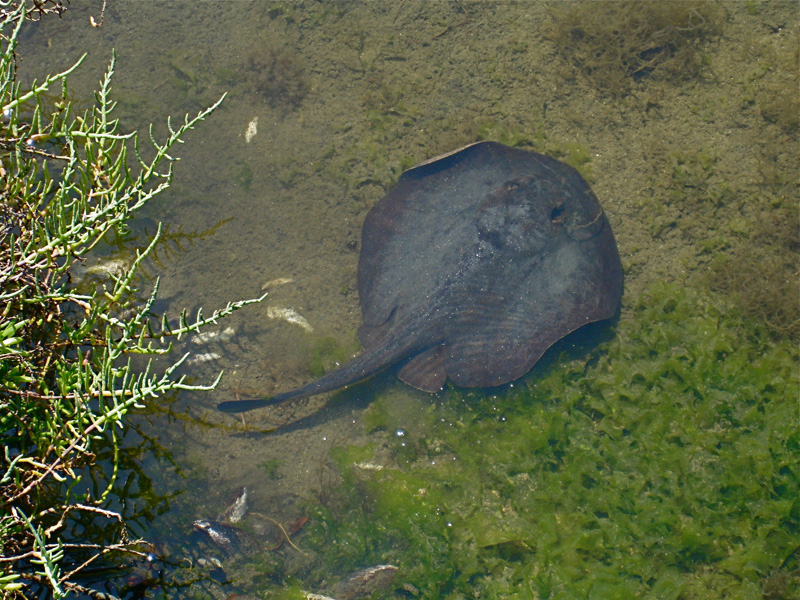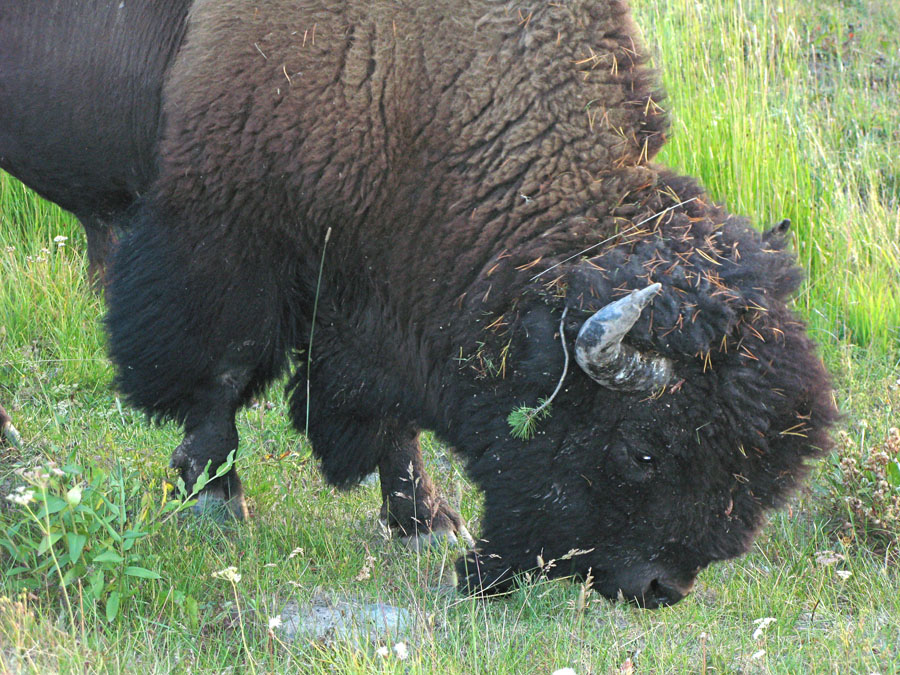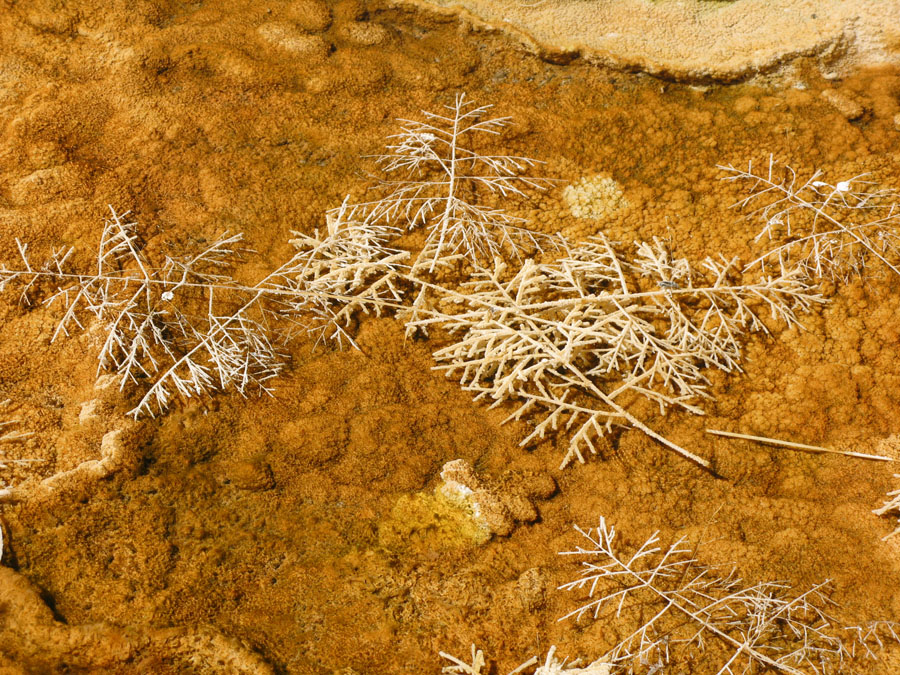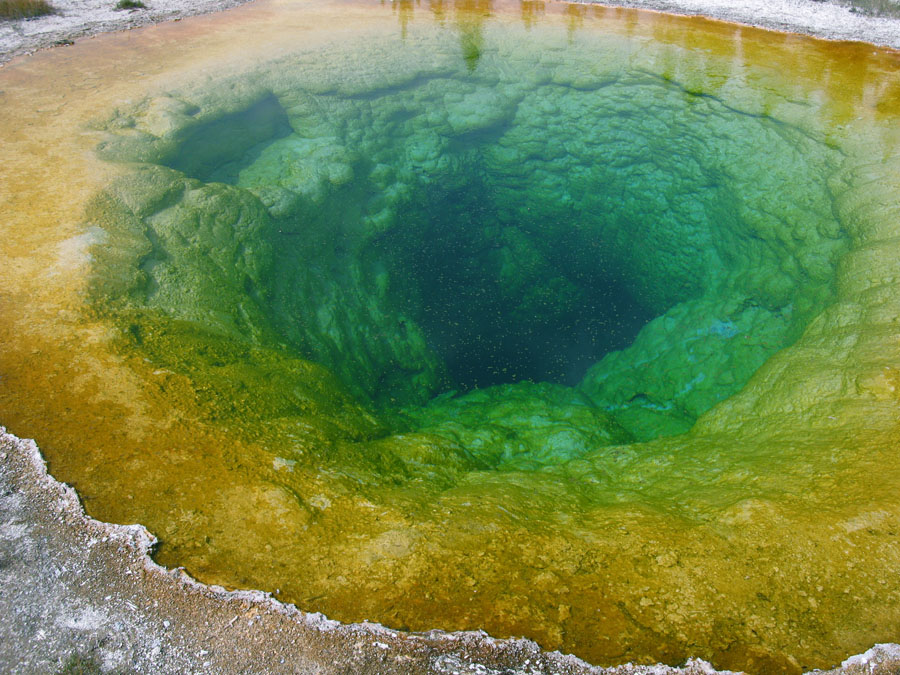As kids growing up in coastal southern California, we loved to warn each other authoritatively “Shuffle your feet!”, having been scared by older cousins and uncles about the dangers of stingrays in the warm shallow waters of some of the bays we swam in. Older cousins and uncles may like to terrify little girls for  fun, but there really are stingrays in these waters. They are mild-mannered and usually slow-moving in their search for amphipods and other small crustaceans, but would defend themselves instinctively if a little foot stomped down on their backs, as anyone would.
fun, but there really are stingrays in these waters. They are mild-mannered and usually slow-moving in their search for amphipods and other small crustaceans, but would defend themselves instinctively if a little foot stomped down on their backs, as anyone would.
This ray was gliding slowly in and under the edge of the pickleweed mats in the summery shallows of Bolsa Chica Preserve in coastal Orange County California. It’s a California or Round Stingray, Urobatis halleri, and is about the size of a small dinner plate, if dinner plates had tails. (Photo A. Shock)
For all the info about this species you ever needed and more, click here.
In an earlier post, I recalled an uncomfortable encounter with a bison on Catalina Island. For the past few days, we were in Yellowstone (no internet anywhere in the Park!),  and our interactions with large mammals were definitely calmer and thankfully more removed. Here is one, placidly grazing by a park roadside. He’s been head-butting vegetation in order to beautify himself for the bisonettes, and is admirable in his festoonage, which includes a small pine bough. I’m unable to report if its piny freshness improved upon his bovine musk.
and our interactions with large mammals were definitely calmer and thankfully more removed. Here is one, placidly grazing by a park roadside. He’s been head-butting vegetation in order to beautify himself for the bisonettes, and is admirable in his festoonage, which includes a small pine bough. I’m unable to report if its piny freshness improved upon his bovine musk.
 One of the things about Yellowstone is the range of scale of amazement in the park. There is really really big amazing stuff, like bison, the Canyon of the Yellowstone River, Grand Geyser, and the size of the volcanic crater at the center of the park itself. But there is also amazing tiny stuff everywhere, too. Here are some branches that have fallen into hot water, and become festooned with minerals. There are even tinier things — so inconspicuous as to be hard to see unless you know to look for them — in the form of the crazy-hardy and diverse thermophilic organisms that live in the scalding chemical brews of the hot water in the park.
One of the things about Yellowstone is the range of scale of amazement in the park. There is really really big amazing stuff, like bison, the Canyon of the Yellowstone River, Grand Geyser, and the size of the volcanic crater at the center of the park itself. But there is also amazing tiny stuff everywhere, too. Here are some branches that have fallen into hot water, and become festooned with minerals. There are even tinier things — so inconspicuous as to be hard to see unless you know to look for them — in the form of the crazy-hardy and diverse thermophilic organisms that live in the scalding chemical brews of the hot water in the park.

(Bison in the Hayden Valley; branches at Mammoth Hot Springs; Morning Glory Pool, Upper Geyser Basin. All photos A.Shock)
 fun, but there really are stingrays in these waters. They are mild-mannered and usually slow-moving in their search for amphipods and other small crustaceans, but would defend themselves instinctively if a little foot stomped down on their backs, as anyone would.
fun, but there really are stingrays in these waters. They are mild-mannered and usually slow-moving in their search for amphipods and other small crustaceans, but would defend themselves instinctively if a little foot stomped down on their backs, as anyone would.


